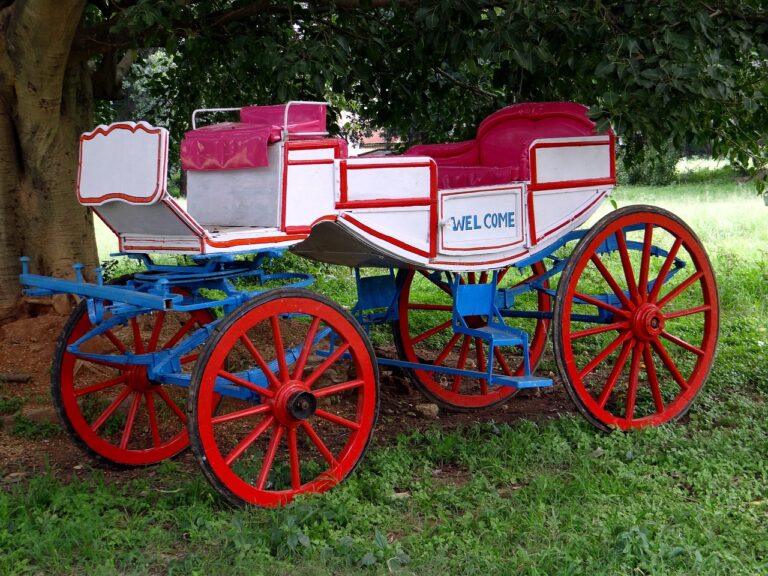The Power of Political Cartoons: Satire and Commentary in Elections
Political cartoons have a rich history dating back to the 18th century when they were used as a tool of satirical commentary on political events and figures. The emergence of mass printing allowed these cartoons to reach a wide audience, making them a powerful medium for critiquing the political landscape of the time.
Throughout history, political cartoons have played a crucial role in influencing public opinion and sparking societal discussions. By using humor, exaggeration, and symbolism, cartoonists have been able to convey complex ideas in a simple and engaging manner, making their messages accessible to a wide range of audiences.
The Role of Political Cartoons in Shaping Public Opinion
Political cartoons have long served as a powerful tool in influencing public opinion on political matters. Through the use of satire and humor, these illustrations can convey complex political messages in a easily digestible manner. By simplifying complex issues and presenting them in a visually engaging format, political cartoons have the ability to sway public sentiment and shape popular attitudes towards political figures and ideologies.
The impact of political cartoons on public opinion is not to be underestimated. These cartoons have the power to both reinforce existing beliefs and viewpoints, as well as challenge them by offering alternative perspectives. By poking fun at political figures and institutions, political cartoons can spark critical thinking and encourage individuals to question the status quo. This can ultimately lead to a more informed and engaged citizenry, capable of making more conscious decisions at the polls.
How Political Cartoons Use Satire to Convey Messages
Political cartoons employ satire as a powerful tool to convey messages in a humorous and impactful manner. By using exaggeration, irony, and humor, political cartoonists can effectively highlight societal issues, political corruption, and injustices. Through clever visual metaphors and caricatures, these cartoons provoke thought and spark conversations among the audience.
Satire in political cartoons often targets political figures and institutions, exposing their flaws and holding them accountable for their actions. By using wit and sarcasm, cartoonists challenge the status quo and provide a different perspective on current events. The combination of visuals and sharp wit in these cartoons makes them a potent form of social commentary that can sway public opinion and shape the narrative around key political issues.
What is the significance of political cartoons in society?
Political cartoons play a crucial role in conveying messages about current events, politicians, and societal issues in a humorous and engaging way.
How long have political cartoons been around?
Political cartoons have been around for centuries, with some of the earliest examples dating back to the 18th century.
How do political cartoons use satire to convey messages?
Political cartoons use satire to exaggerate and poke fun at political figures and events in order to highlight their flaws or criticize their actions.
Are political cartoons meant to be taken literally?
No, political cartoons are meant to be taken with a grain of salt and are often exaggerated for comedic effect. They should be viewed as a form of commentary rather than a factual representation of events.
Do political cartoons have the power to influence public opinion?
Yes, political cartoons have the ability to sway public opinion by presenting complex issues in a simple and digestible format that is accessible to a wide audience.







